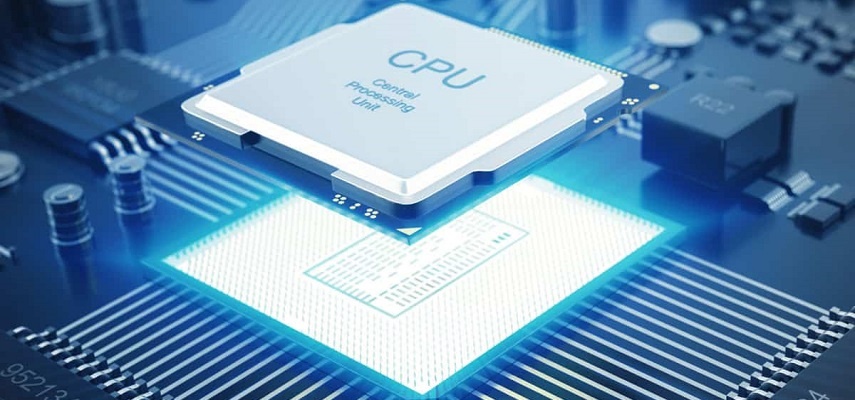Building PCs was once the haunt of wizened engineers and dedicated fanatics to what can seem like an arcane world of 1s and 0s – but today, building your own PC is an accessible, fun, and above all popular way for people to engage with the devices they use on an everyday basis.
Though the tech world is beset by component shortages, people are still signing up to build their own devices in droves – leading, naturally, to many questions about individual elements of a build. Here, we’re going to address one under-reported corner of PC building, in the form of thermal grease. What is it, and why do we use it?
What is Thermal Grease?
Thermal greases come in a variety of forms, with five key compounds depending on the base material used. Choosing the right thermal grease for your personal application isn’t as daunting as it may sound, but we’ll look over this a little later on. Thermal grease has universal applications, but in terms of building PCs, it has a fundamentally important one, ensuring the smooth running of its most crucial components.
PC-Building and CPUs
If you’re reading this article, you’ll already have some basic understanding of how building a PC works. PC builds are modular by nature, with discrete parts attached to a central motherboard that orchestrates the computer’s processes. Each computer part is essential for its own reasons, but arguably the most important one is your Central Processing Unit or CPU. This chip is the workhorse of your computer, translating inputs and executing outputs – from the typing of an email to visiting a website and beyond.
CPUs comprise a vast network of minuscule circuitry and components. This network, due to the sheer volume of calculations it makes using electricity, can generate a lot of heat, which in turn can affect its performance and shorten its lifespan. As such, CPU cooling systems are mounted directly to the CPU’s surface to wick away the generated heat and keep it within core operating temperature. This is where thermal grease comes in.
Thermal Grease and You
Thermal grease is applied to the surface of the CPU before the cooler is mounted. Thermal grease fills micro-gaps between the CPU and cooler and guarantees efficient conduction of heat from one to the other. Only a pea-sized amount of grease is required; when the surface of the cooler meets the CPU, the grease is smoothly spread across the whole surface. Without thermal grease, your CPU will overheat. No ifs or buts.
As mentioned earlier, there are five core kinds of thermal compounds on the market: metal-based, liquid metal-based, silicon-based, carbon-based, and ceramic-based. Each has its own core benefit to the user, but the two chief considerations when choosing one comes down to heat conductivity and price.
If you’ve already shelled out on an expensive CPU in a high-performance build for use with resource-intensive processes – like video editing or deep learning – you’ll want to spare the extra expense for a superior liquid metal-based grease. Likewise, if you’re building your first budget PC for lightweight desktop use, you’ll likely be fine with an inexpensive silicon-based solution.


































